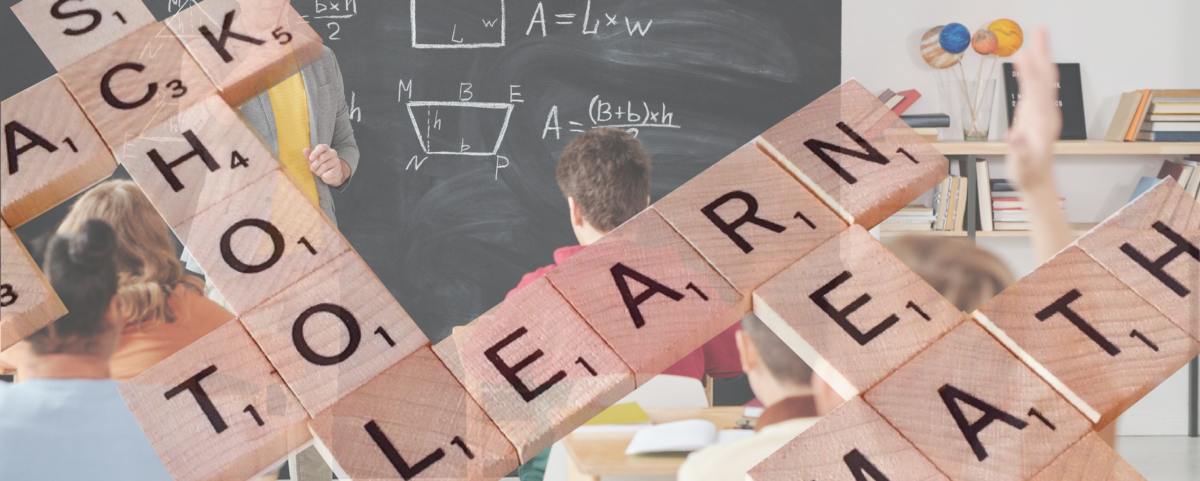Tasmanian Program for International Student Assessment (PISA) Scores
Education, Tasmania, The Stream | 6th December 2023

The Program for International Student Assessment (PISA), as it’s called, assesses how well 15-year-olds are prepared to use their knowledge and skills in particular areas to meet “real-world challenges and opportunities”. It measures three core domains of reading literacy, mathematical literacy and scientific literacy. Students completeEvery three years, the Organization for Economic Co-operation and Development (OECD), a grouping of 38 (mostly) economically ‘advanced’ nations, conducts an international study of student performance. a 2-hour computer-based assessment of mathematical, scientific and reading literacy and creative thinking units, and answer a 45-minute questionnaire which asks them about their family background, attitudes towards learning, and their access to and use of information and communications technology. Principals and teachers from participating schools also answer questionnaires.
690,000 students from 81 countries participated in PISA 2022, the results of which were released yesterday.
In Australia, PISA is administered by the Australian Council for Educational Research (ACER). 13,437 Australian students from 743 schools participated in PISA 2022. The Australian results are presented and analysed in a report published on ACER’s website. They show that Australia’s mean scores across each of the three literacy domains were above the OECD average, with Australia ranking 10th on mathematical literacy and 9th on scientific and reading literacy – but also that there was a large and growing gap between students from ‘advantaged’ and ‘disadvantaged’ backgrounds.
The PISA 2022 results have again ranked Tasmania ‘bottom of the class’ in terms of student attainment.
Tasmania ranked last among the states and territories in each of the three domains of mathematical, scientific and reading literacy. Whereas Australia ranked above the OECD average in each of these areas, Tasmania ranked below the national average. And a smaller proportion of Tasmanian students attained the national proficiency standard in each of these three domains than of students in any other state or territory.
Mathematical literacy scores – PISA 2022
Students attaining national proficiency standard in mathematical literacy
Scientific literacy scores – PISA 2022
Students attaining national proficiency standard in scientific literacy
Reading literacy scores – PISA 2022
Students attaining national proficiency standard in reading literacy
These results are, sadly, consistent with those from other standardized tests such as NAPLAN and Trends in International Mathematics and Science Study.
Tasmania’s consistently poor results on assessments such as these are partly attributable to the fact that a higher proportion of Tasmanian students come from disadvantaged backgrounds than students in any other state or territory. In PISA 2022, 34% of Tasmanian students were ‘disadvantaged’, the same as in the Northern Territory, but higher than any other state and 9 percentage points above the national average.
But that by no means accounts for all of Tasmania’s low ranking. In fact, ACER’s analysis shows that Tasmanian students in each socioeconomic status quartile recorded lower scores than their counterparts in the same quartile in other states and territories, as shown in the following chart:
Mean mathematical literacy performance by socioeconomic quartiles
Nor is Tasmania’s poor performance attributable to any want of spending on school education by the Tasmanian Government. In fact, Tasmania spends more per student on school education than any other jurisdiction except the Northern Territory, and more as a percentage of gross state product than any other state or Territory:
State government spending on school education per student
State government spending on school education as a pc of GSP
ABS, Schools, 2022; Government Finance Statistics, Annual, 2021-22; Australian National Accounts: State Accounts, 2022-23
But Tasmania spends what it spends on schools inefficiently and less effectively than other states and territories – in particular, by having a large number of relatively small schools (government schools in Tasmania have an average of just under 300 FTE students, compared with a national average of 400) and as a result of having a separate system of ‘colleges’ for delivering Years 11 and 12 (which requires the duplication of administrative and support staff, and infrastructure, as well as creating barriers to students, especially those who come from families which have historically not attached much value to education, attaining a full secondary education, barriers which don’t exist in any other state).
While I accept that there is a ‘causal’ link between socio-economic disadvantage and low levels of educational participation and attainment, I’d argue that the causation runs in the other direction, too – that Tasmania’s historically low levels of educational participation and attainment are one of the reasons for the higher incidence of socio-economic disadvantage in Tasmania than in any other state or territory.
Sadly, however, nobody in Government in Tasmania, or aspiring to be in Government in Tasmania, appears to be willing to do anything about it, and to confront the vested interests in a system which has ‘under-delivered’ for successive generations of Tasmanians for so long.
#Tasmania #Tasmanian #Education #OECD #PISA #PISA-score #literacy #educationfunding